How to avoid a 500lb bomb blast: A Delta Force philosophy on speed
- By George Hand
Share This Article
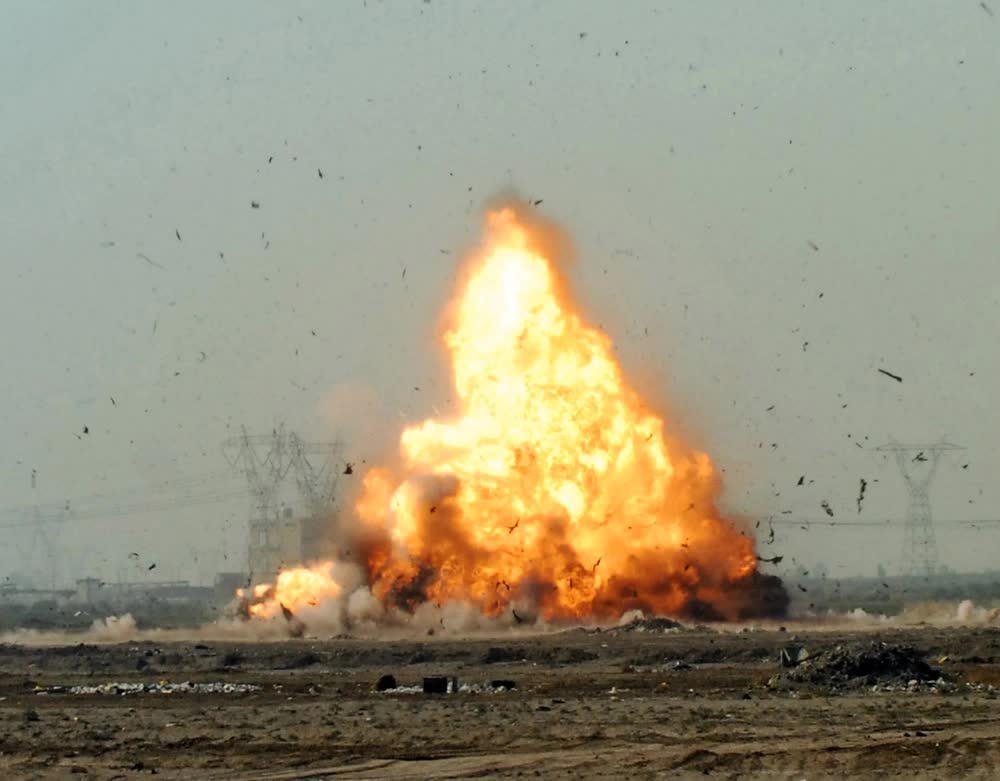
Command Sergeant Major (CSM) Chaffs was our Troop Sergeant (TS) and a good one he was. His undying philosophy can be summed up in just these few words, for which he was best associated: “Crawl, walk, run.”
That means taking on big tasks in small bites and progressing slowly but surely until the task is at a manageable size to affect completion. This measure of breakdown ultimately leads to smooth actions, and smooth actions are fast actions.
“Easy does it, guys” was a moniker of his and he used it often to corral us mustangs into a cohesive band of brothers. I was of the mind then and now that every group of men always needed that one element to keep it sound and grounded. Without that “cornerstone” player, the group may splinter into a seething gang of brigands, not fit to be identified as an effective fighting organization.
CSM Chaff’s daily mood defined the team’s problem-solving posture. We brought on the necessary spark and fire to fuel the pace that was set by his knack for determining the speed needed to accomplish a mission.
“Now guys, it don’t make sense to ramble on at this speed because we’ll just arrive at our objective too tired to fight,” he’d say.
Such was the wisdom of a savvy noncommissioned officer. (In Delta, the officer position came in at the troop level; all other leadership positions below the troop level were sergeants only, a feature known only to the Delta chain of command as it exists within Army dogma.)
Related: Delta Force’s approach to medical training
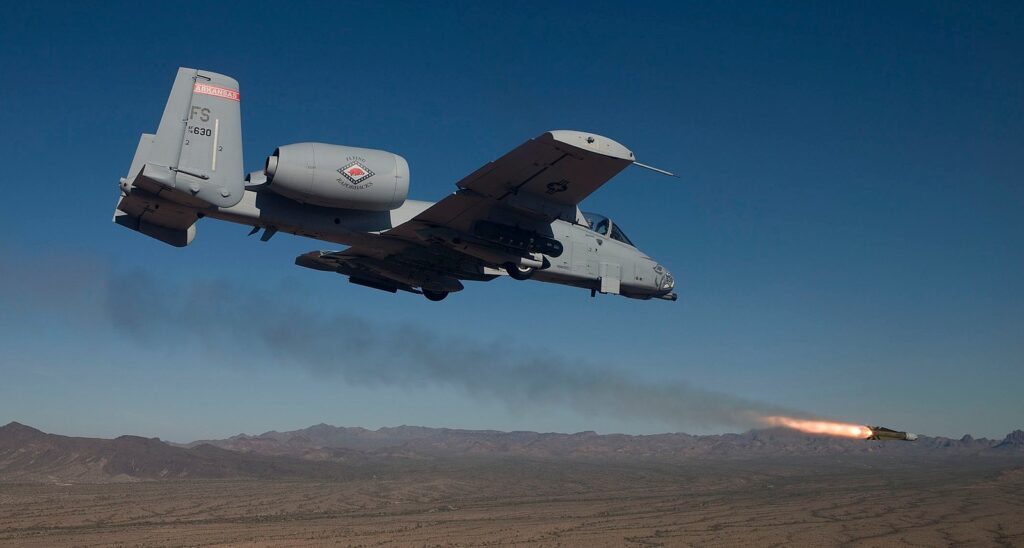
I’m put in mind of a mission that required us to pass through a parcel of land that was held by enemy forces. We were to receive cover from an A-10 Warthog close-air support aircraft dropping 500lb bombs behind our axis of advance. If we were followed, that bombardment would serve to “persuade” the trailing enemy element to break off.
We were eager to make our pass through the no-man’s land and back into friendly forces-held terrain again. As we traversed the land mass, the group found it hard to hold the rate of march down to a smooth and identifiable pace. The point constantly raced, while CSM Chaffs tried to keep us at an easy pace and with our wits about us.
At one point on the march Chaffs finally held the group still; checking his wrist watch… he barked out in a stern voice: “Ok, guys… time to run!”
And we ran as fast as we could – still as a group – through the enemy corridor. Blasts from 500-lb bombs scorched our rear element and reached up under our collars as we (almost) flailed through to the end of our march. That was as close as I have ever come to getting killed by my own military.
We were shaken up just a little for the next few hours, except for CSM Chaffs, who seemed his same ol’ usual self. The guy was a credit, I tell you, an absolute credit to Army Combat Arms.
Afterwards, when asked at what speed he moved his forces in and around the battle space, Chaffs replied (to the effect):
“Only as fast as I can still control ‘em.”
That was somewhat of a non-answer but it defined a discipline in small unit tactics as well as any other well-placed words could.
The Delta Force speed and accuracy: when it absolutely has to be on time.
By Almighty God and with Honor,
geo sends
Read more from Sandboxx News
Related Posts
Sandboxx News Merch
-

‘AirPower’ Classic Hoodie
$46.00 – $48.00 Select options This product has multiple variants. The options may be chosen on the product page -

‘Sandboxx News’ Trucker Cap
$27.00 Select options This product has multiple variants. The options may be chosen on the product page -

‘Kinetic Diplomacy’ Bumper Sticker (Black)
$8.00 Add to cart
George Hand
Master Sergeant US Army (ret) from the 1st Special Forces Operational Detachment-Delta, The Delta Force. In service, he maintained a high level of proficiency in 6 foreign languages. Post military, George worked as a subcontracter for the U.S. Department of Energy (DOE) on the nuclear test site north of Las Vegas Nevada for 16 years. Currently, George works as an Intelligence Analyst and street operative in the fight against human trafficking. A master cabinet-grade woodworker and master photographer, George is a man of diverse interests and broad talents.
Related to: Special Operations
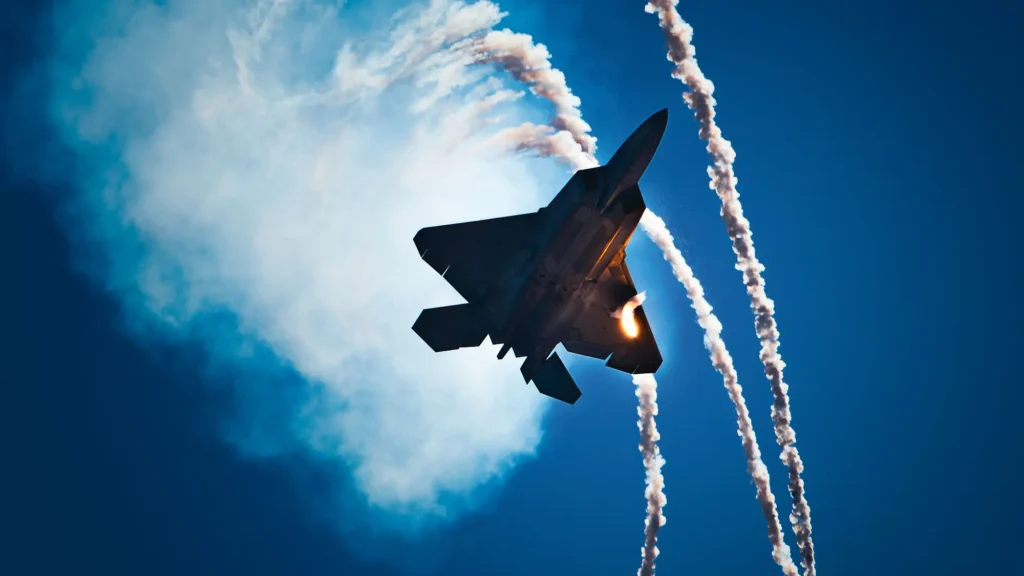
America’s first 6th-gen fighter jet will be Boeing’s F-47, Trump just announced
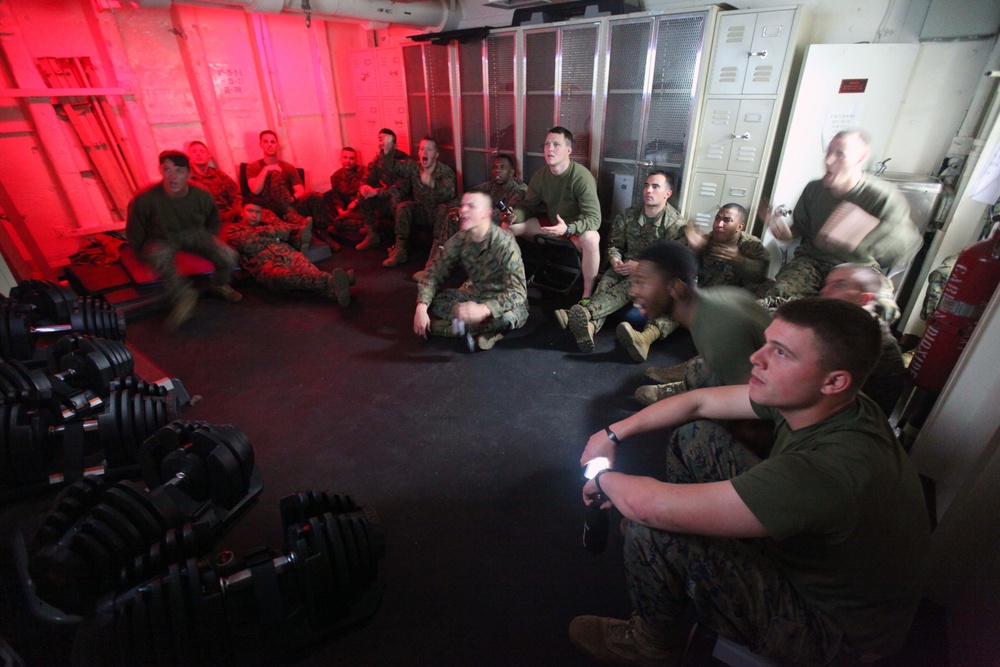
3 new TV shows to watch to make service time pass faster
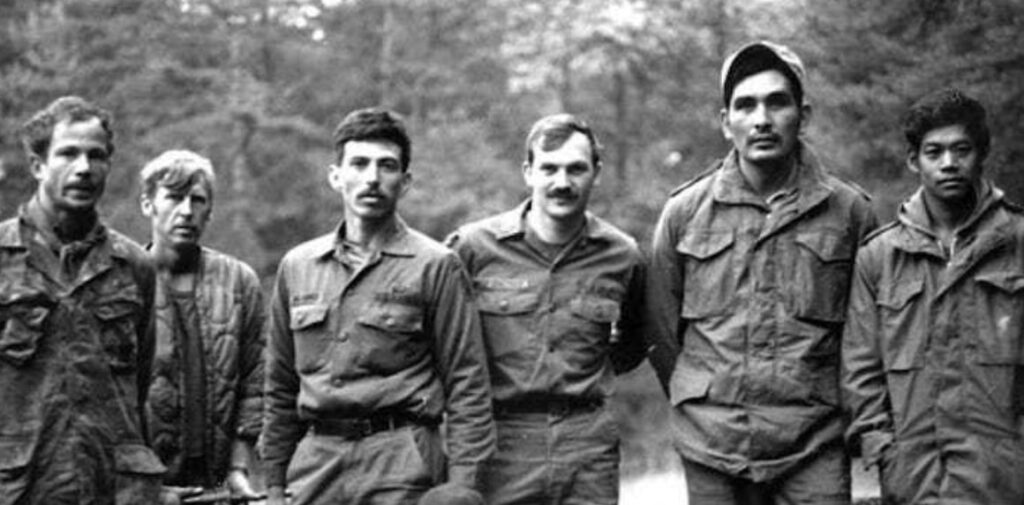
Delta Force Assessment and Selection: Spending nights at base camps
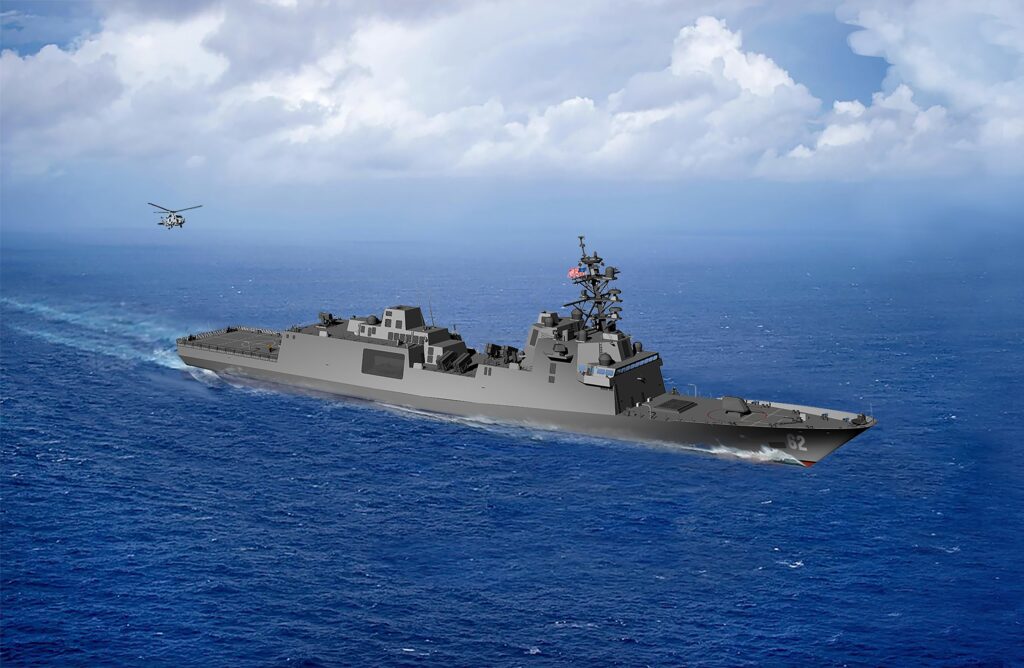
The US Navy is forced to wait on its new flagship frigate
Sandboxx News
-

‘Sandboxx News’ Trucker Cap
$27.00 Select options This product has multiple variants. The options may be chosen on the product page -

‘AirPower’ Classic Hoodie
$46.00 – $48.00 Select options This product has multiple variants. The options may be chosen on the product page -

‘AirPower’ Golf Rope Hat
$31.00 Select options This product has multiple variants. The options may be chosen on the product page -

‘Sandboxx News’ Dad Hat
$27.00 Select options This product has multiple variants. The options may be chosen on the product page
